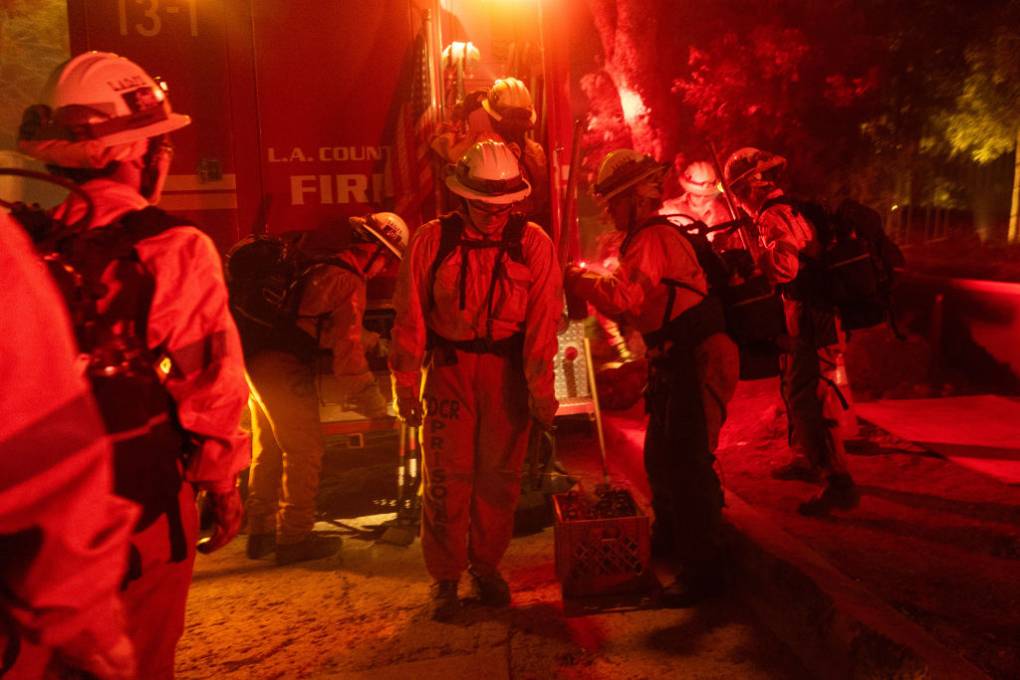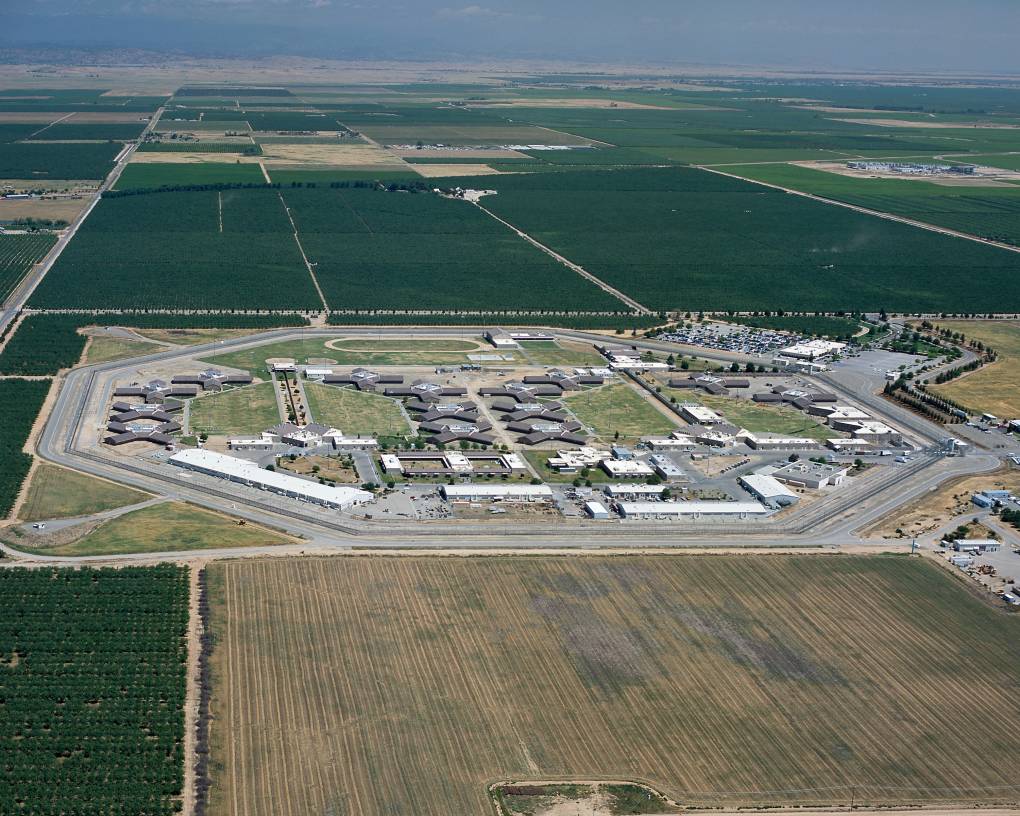‘Substantial Vectors’ of COVID-19
Unlike prisons, where inmates can be housed for decades as they serve out their sentences, jails typically hold people convicted of lesser crimes for a few months on average. Many people in jails are still awaiting trial and have yet to be convicted. The frequent turnover, combined with close quarters, can make jails hotbeds for the virus.
Lucia Tian, Chief Analytics Officer of the American Civil Liberties Union, was part of a data team that put together a report in April warning that outbreaks in jails could lead to tens to hundreds of thousands more deaths than forecasters had predicted early on in the pandemic.
“Jails are a really substantial vector for the spread of COVID-19,” Tian said, referring to jails as the “revolving doors of incarceration.”
In 2016, nearly 800,000 people were booked into California jails, according to an analysis by the Public Policy Institute of California.
Advocates say the lack of information on COVID-19 at county jails could compromise safety both inside and outside of the facilities.
“It’s a public health issue all the way around,” said Elizabeth Diaz, Fresno County’s Public Defender. “Whether someone is incarcerated or is not, it affects the community as a whole.”
Diaz said she is concerned not only about the safety of inmates, but also of her staff — the public defenders who meet their clients in the jail and in court.
Kathleen Guneratne, a senior staff attorney with the ACLU of Northern California, said data on COVID-19 in jails is critical to ensuring an adequate public health response.
“We have an extreme vacuum of information in the county jail system,” Guneratne said. “The public needs to know about the risks jails are exposing members of their community to so they can protect themselves and those members.”
Some Jails Providing Data
Despite the lack of centralized data, some jail systems have reported large outbreaks on their websites.
As of Aug. 25, the Los Angeles County Sheriff’s Department reported 3,133 COVID-19 infections among inmates and 826 among staff; the Orange County Sheriff’s Department confirmed in excess of 529 cases among the incarcerated and 166 positive tests among employees; and the Alameda County Sheriff’s Office reported that 240 inmates and 53 employees tested positive.
Corresponding by email on Aug. 25, Santa Clara County officials stated that 173 people incarcerated in the jails and 39 employees had tested positive for the virus.
The Fresno County Sheriff’s Office, which does not make COVID-19 data available on its website, initially sent out press releases about the quarantine and outbreak but later stopped.
“It stirs up hysteria when things become so data driven,” spokesman Botti wrote in a July 21 email to media outlets. "Once we reach the point of where our mass quarantine has ended, we will make an announcement."
Public Defender Diaz said the Sheriff’s Office provides her office with information about COVID-19 cases at Fresno's Jail when prompted.
“We ask the question and we get the answers. It’s not necessarily forthcoming,” she said.
In response to questions about transparency, Botti said, “I don’t agree that we have not been transparent with our COVID situation in the jail. We have regularly released numbers upon request to media members. We also proactively announced when we went into a large quarantine at the North Annex Jail due to a dozen inmates testing positive after a transfer to Wasco State Prison. We continued to provide regular updates of quarantine numbers.”
Botti said his office does not intend to publish COVID-19 numbers on its website, but that it will provide new jail-related numbers, on a weekly basis, upon request by media members.
Advocates Call for State Oversight
After months of pressure from advocacy groups, California’s Board of State and Community Corrections (BSCC) launched a dashboard on July 31 of COVID-19 data in local detention facilities.
“We understand that the community has a great interest in this information,” said Linda Penner, who chairs the oversight board. “You'll be able to look at a county and, you know, with the click of a mouse, you'll be able to look at what happened last week and the week before.”
But advocates say it does not illustrate the full scope of jail outbreaks in the state. The data does not include infections that occurred during the first four months of the pandemic, making it impossible to see the full size of each facility’s outbreak.
Asking officials to provide virus data stretching back months “was a big lift for the counties when they are dealing with so many challenges related to the COVID-19 response,” wrote BSCC Director of Communications Tracie Cone in an Aug. 3 email. “Getting the cumulative numbers to date raised some concerns, specifically about accuracy.”
But without the total counts, advocates say, the dashboard is inadequate. Brian Goldstein, Director of Policy with the Center on Juvenile and Criminal Justice says it’s the wrong decision.
“Californians should be outraged,” Goldstein said. “The Board of State and Community Corrections remains willfully ignorant of conditions within jails and juvenile facilities.”
The ACLU’s Guneratne agreed. “It does not give us a very full picture of what is happening at the county levels to address the risk of contagion,” she said.
A month after the dashboard’s launch, three counties — Amador, Sacramento, and Tehama — have yet to contribute to it.
Fresno County Ramps Up Testing
Fresno County Sheriff Margaret Mims said her department’s response to the outbreak has been limited by space and the number of individual cells available for isolating inmates.
“Some jails have the ability to isolate inmates and quarantine them before they’re put into the general population. We don’t have that ability,” Mims said.
Fresno County’s jail has employed a system that quarantines groups of inmates together by color code — yellow for those with symptoms, orange for those known to have been exposed and red for those who tested positive — and then allows people to join the general population after 10 days of quarantine and three days of no symptoms.



